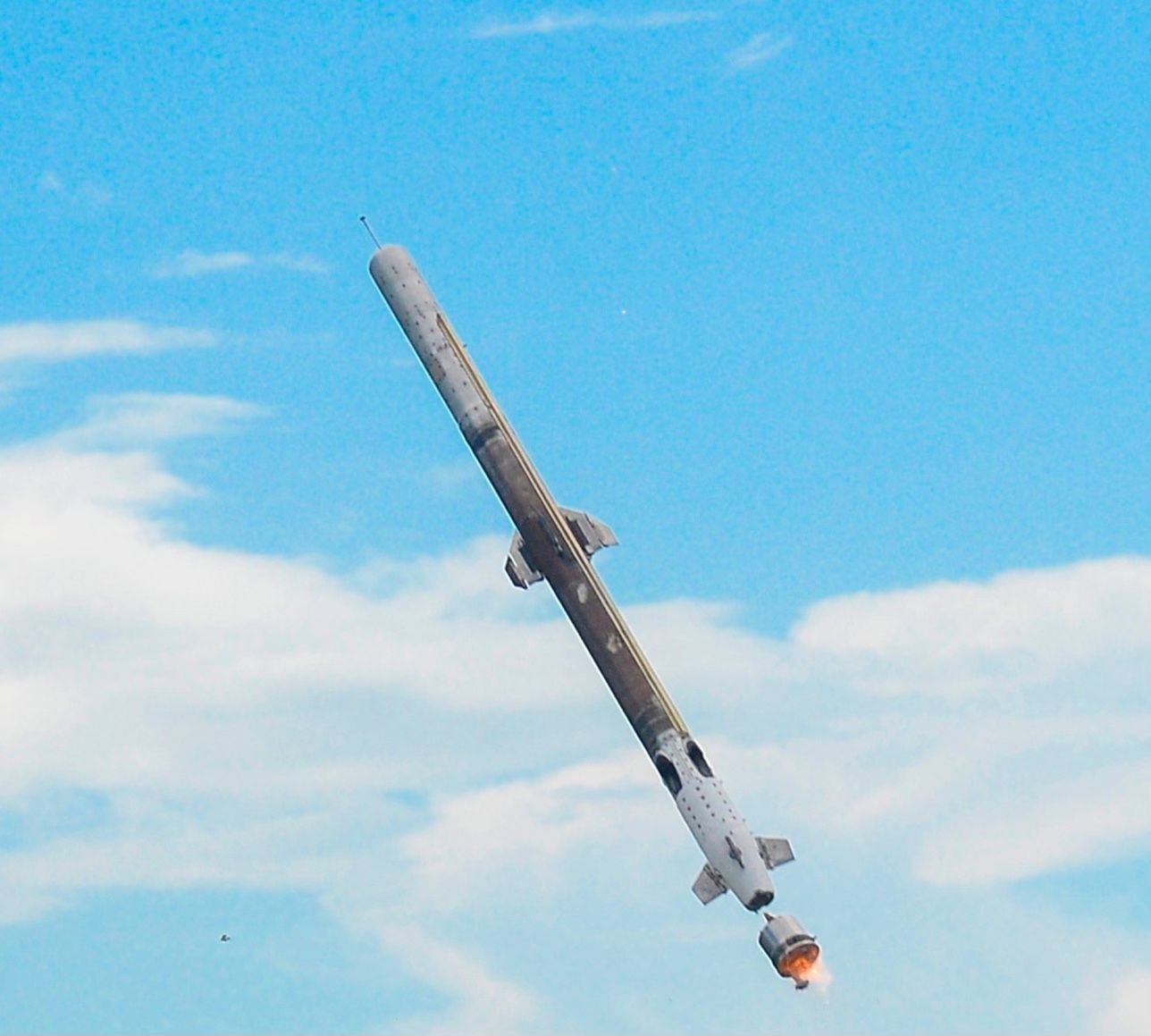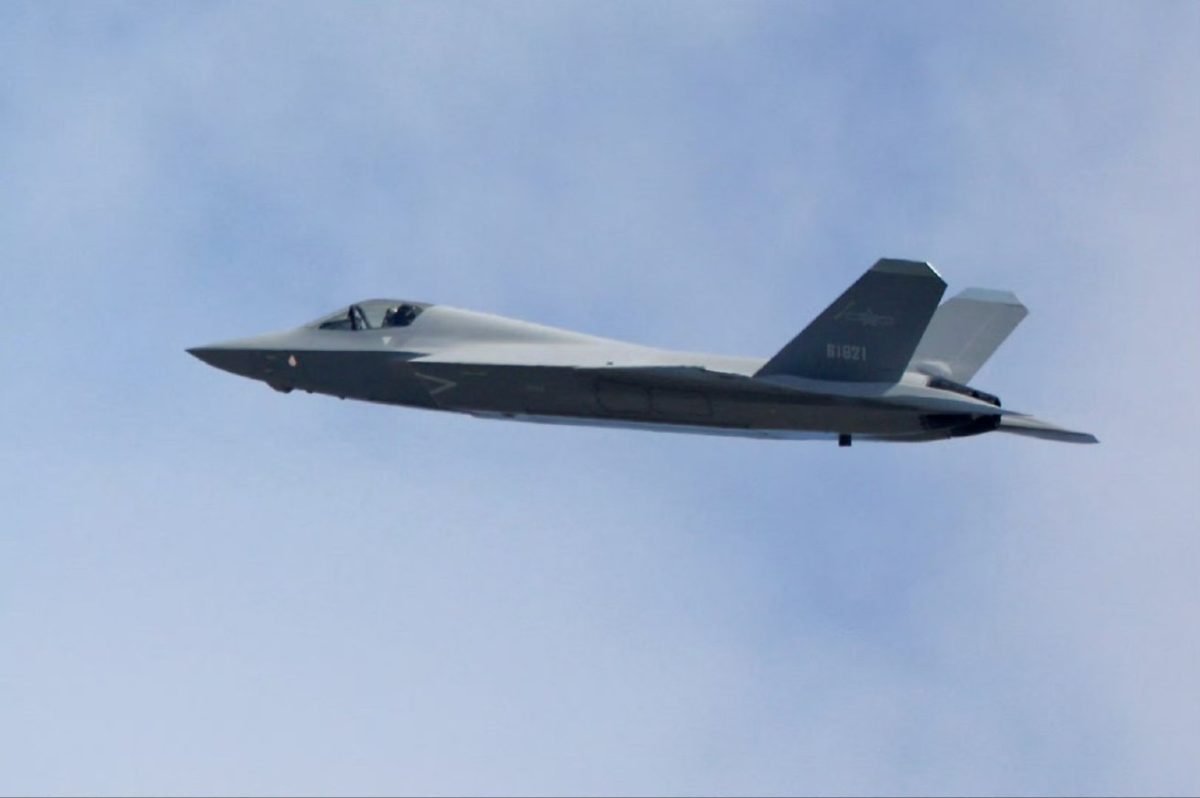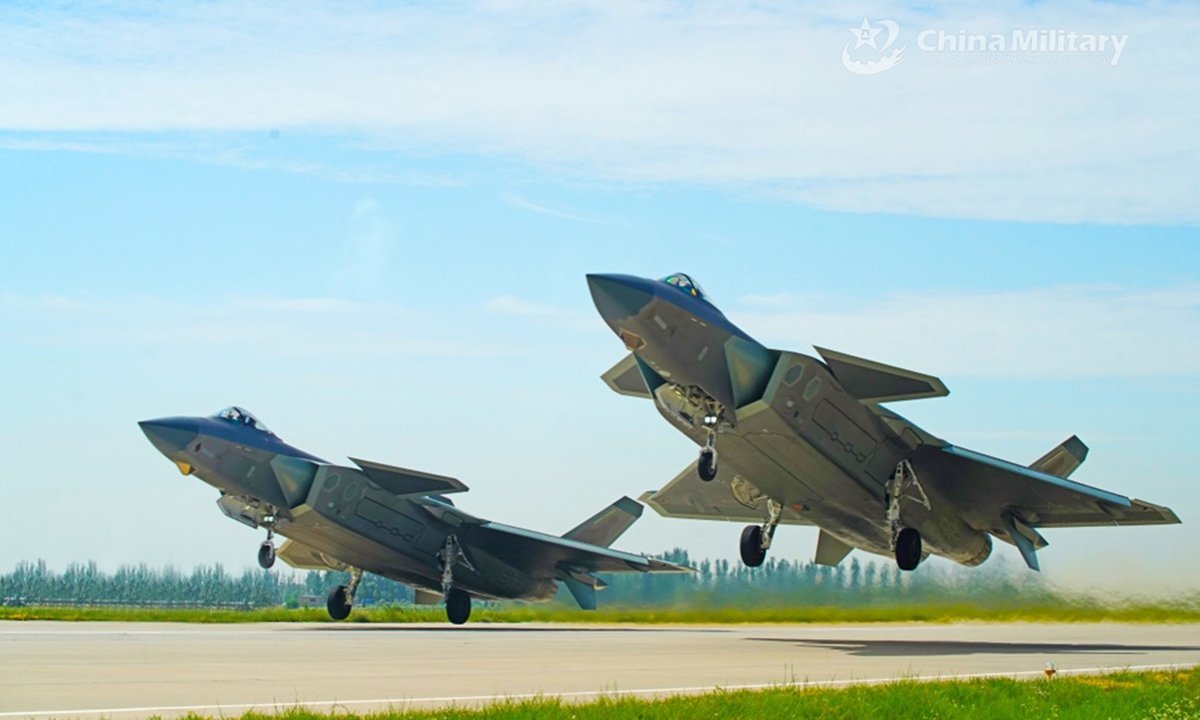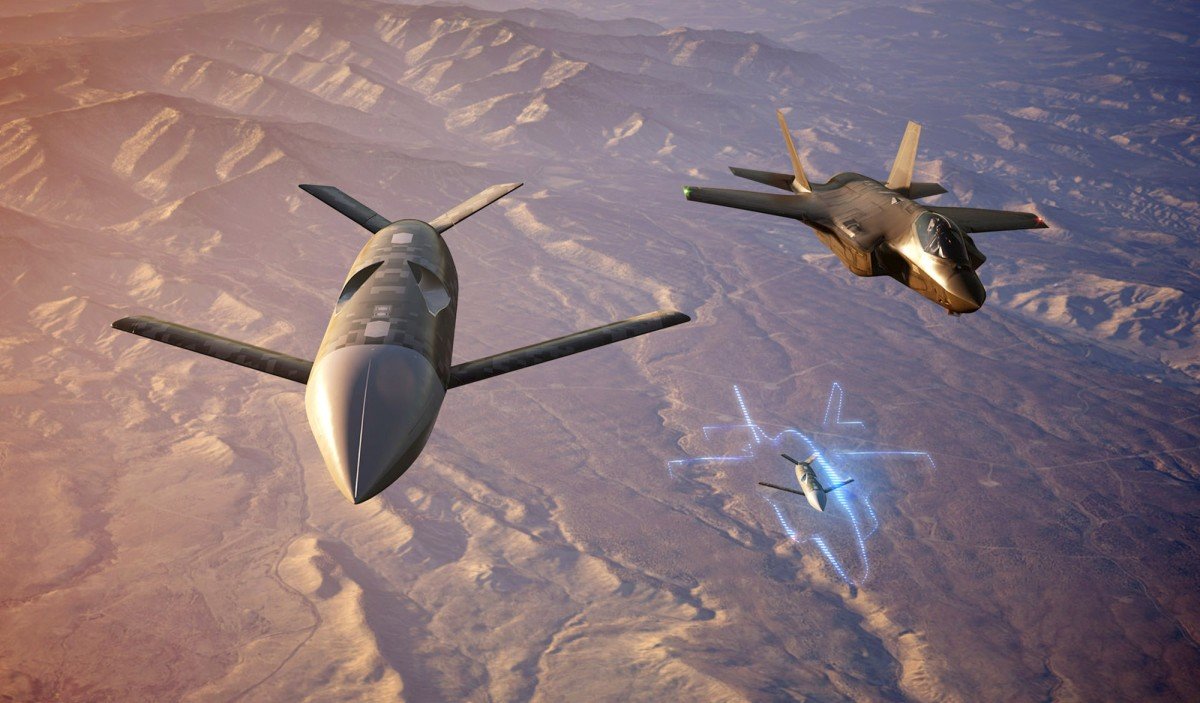In a big boost to the ‘Make in India’ initiative, the Indian Defense Research and Development Organisation’s (DRDO) user trial tests of the indigenously-developed Very Short Range Air Defense System (VSHORAD) are gathering pace.
On February 1, the DRDO conducted three consecutive flight trials of the VSHORAD against high-speed targets flying at very low altitudes from Chandipur, off the coast of Odisha.
Announcing the successful test, the organization said in a statement: “During all three flight tests, the missiles intercepted and destroyed the targets, having reduced thermal signature mimicking low flying drones at different flying conditions. The flight tests were carried out in final deployment configuration wherein two field operators carried out weapon readiness, target acquisition, and missile firing.”
It noted that the flight data obtained by various sensors, including radar, telemetry, and electro-optical tracking systems, validated the VSHORADS missile system’s exceptional capability to destroy drones and other types of aerial threats.
VSHORADS is a Man-Portable Air Defence System (MANPAD) designed and developed indigenously by Research Centre Imarat (RCI) in collaboration with other DRDO laboratories and Indian industry partners. In October 2024, the DRDO tested the system at the Pokhran Field Firing Ranges in Rajasthan.
This hit-to-kill missile is a remarkable weapon powered by a solid motor with dual thrust. The thrust variation in the weapon is achieved by adjusting the burning area, nozzle, rocket motor chamber, propellant type, and multiple propellant blocks.
The missile is 2 meters long and weighs about 21 kilograms. It has an effective operational range of up to 6 kilometers. Designed to neutralize low-altitude aerial threats at short ranges, the missile features an Imaging Infra-Red (IIR) seeker.
The VSHORAD offers operational versatility in various settings and can be launched from a tripod or weapon platform. Additionally, it has a miniaturized Reaction Control System (RCS) to increase mid-air maneuverability and integrated avionics.
During AeroIndia 2023, a DRDO official was quoted saying that the VSHORADS had been developed and that missile trials had begun. The official said there would be “ten more trials in the upcoming months” for the VSHORADS.
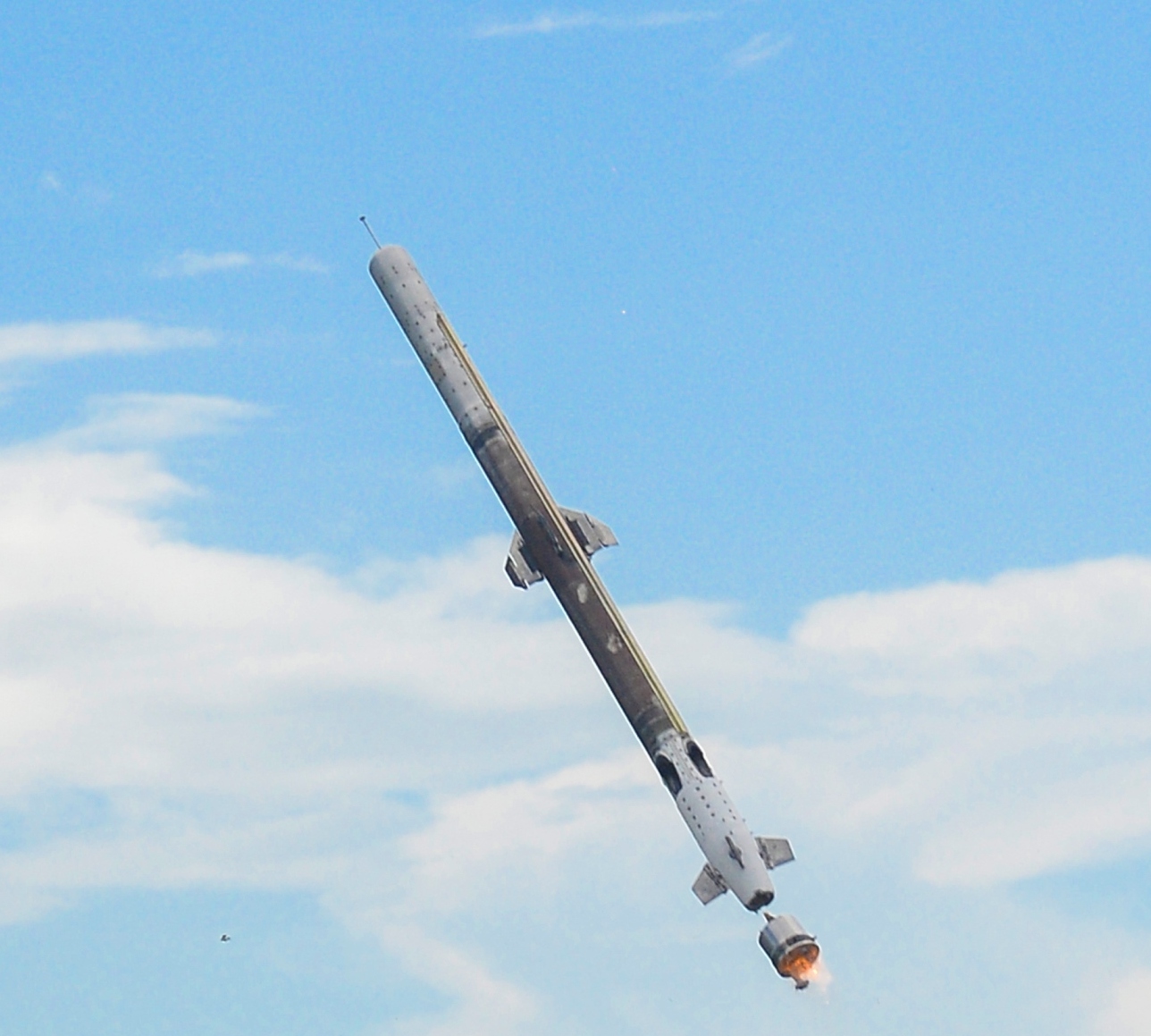
The user trials of the system come at a time when the Indian Army is specifically looking to acquire and field VSHORADS. In June last year, for instance, the service issued a request for information (RFI) to acquire an unknown number of VSHORADS. At the time, reports indicated that the Indian Army was keen on procuring the VSHORAD in a MANPAD version and a vehicle-mounted version.
Writing for the EurAsian Times, Squadron Leader Vijainder K. Thakur, an Indian Air Force veteran and renowned military analyst, stated that the VSHORAD is likely developed as a substitute for the Igla-S MANPADS that India has acquired from Russia. The Indian Army reportedly received the first batch of 24 Igla-S Man Portable Air Defense Systems (MANPADS) in April 2024.
However, India began developing its own VSHORAD as part of the government’s thrust on indigenization under the ‘Make in India’ and ‘Aatmanirbhar Bharat’ schemes.
India Needs VSHORADs For Air Defense
VSHORADS is a fourth-generation Man Portable Air Defense System (MANPAD). In general, MANPADS are lightweight anti-aircraft weapons intended for rapid deployment by ground forces. They are cost-effective, compact, and mobile, requiring only a single operator for use.
They usually consist of three parts: a disposable carriage with a launch tube, which carries a missile, a power system, and a trigger or firing unit.
These missiles are particularly effective against low or slow-flying aircraft, including drones and helicopters.
The latest test of the VSHORAD was conducted against low-flying drones, with the latter emerging as one of the biggest threats in modern combat, as seen in the ongoing Russia-Ukraine War. VSHORAD would provide India with a cost-effective and potent solution against hostile drones.
VSHORAD has already been identified as a crucial component of India’s air defense capabilities. The Indian Army earlier stated it wants to deploy VSHORAD systems across all terrains in the country, including deserts, high-altitude regions, plains, etc. These air defense systems are lightweight and portable, making their deployment to difficult terrains easier. The VSHORAD will eventually be used by all three services- the Army, the Navy, and the Air Force.
A MANPAD essentially forms a lower layer of a country’s air defense network. The MANPADS deployed by Ukraine were instrumental in denying Russia air superiority.
Throughout this nearly three-year conflict, Ukraine’s MANPADS have downed several Russian fighters, helicopters, and drones. At one point, the MANPADS were even dubbed a major ‘killer’ of Russia’s Su-34 fighters. The presence of these systems on the battlefield forced Russia to change its tactics.
The Ukrainian military has used various MANPADS in the war, including Soviet-era Igla, Swedish RBS-70 NG, French Mistrals, US Stingers, and British Starstreak. The induction of the VSHORAD is anticipated to provide India with a similar capability and combat edge over its adversaries.
Brigadier (R) MKK Iyer, who served in the Air Defense of the Indian military, earlier told the EurAsian Times that to defend a given geographical area, the pre-requisite is to shift layers and have mobility, along with a capability to engage at different ranges. The VSHORAD would, thus, add another layer to India’s existing air defense network.
The DRDO is also developing a shoulder-launched air defense system which would be a scaled-down version of the VSHORAD.
